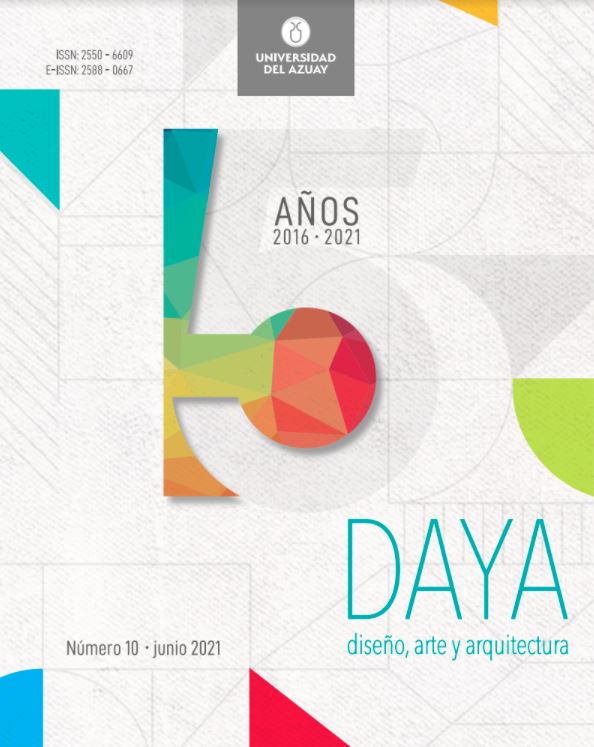IDENTIFICACIÓN, UBICACIÓN Y CATEGORIZACIÓN DE ESPACIOS COLECTIVOS QUE ROMPEN LA REGULARIDAD DE UNA CUADRÍCULA URBANA: ANÁLISIS DE 25 MANZANAS DEL CENTRO HISTÓRICO DE CUENCA
DOI:
https://doi.org/10.33324/daya.v1i10.385Parole chiave:
Cuadrícula urbana, espacio colectivo, forma urbana, tejido urbano, diversidad espacialAbstract
Resumen
El Centro Histórico de Cuenca, como todas las ciudades hispanoamericanas fundadas por los españoles, está configurado por una cuadrícula, un tejido urbano regular aparentemente repetitivo. Este artículo analiza 25 manzanas del Centro Histórico, identifica y ubica aquellos elementos que rompen la regularidad de esta cuadrícula, mediante un mapeo del área de estudio que diferencia el espacio privado del colectivo. Posteriormente, se busca en estos espacios, características espaciales comunes, que permitan categorizarlos. Finalmente, se describe la configuración espacial de cada categoría, tomando como base los elementos de delimitación del espacio -recinto, portal, aula- y sus posibles combinaciones. Se identifican así 27 ejemplos de espacios, agrupados en seis categorías; las cuales que pueden servir para analizar otros casos de estudio con distintos tejidos urbanos, escalas y diversidad espacial.
Palabras clave: Cuadrícula urbana, espacio colectivo, forma urbana, tejido urbano, diversidad espacial.
Abstract
The Historic Center of Cuenca, as every American city founded by the Spaniards, has been developed over an urban grid -an apparently repetitive regular urban fabric-. This article analyzed twenty-five blocks of the Historic Center, identified and located elements that break this grid regularity, through a mapping that distinguished the private form the collective spaces in the study area. Subsequently, it sought for common spatial characteristics in these spaces that allowed them to be categorized. Finally, the spatial configuration of each category was described, based on the space delimitation elements -recinto, portal, aula- and their possible combinations. As a result of this process, twenty-seven examples of spaces grouped into six categories were identified. These categories can be useful in order to analyze other case studies, with different urban tissues, scales and diversity.
Keywords: Urban grid, collective space, urban form, urban fabric, spatial diversity



